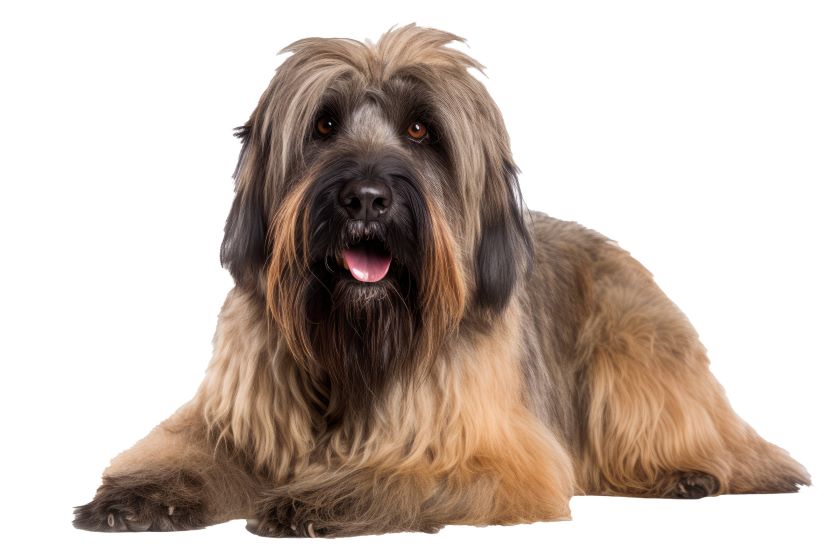Briard Traits & Characteristics
Introduction to the Briard
As an avid large dog breed enthusiast, I’m excited to share my knowledge about a particular breed that you may find intriguing – the Briard. Originating from France, the Briard is a fascinating breed with distinctive traits and characteristics that make it truly unique.
History of the Briard Breed
Origin and Early History
The Briard breed has an illustrious history. Its roots trace back to the eighth century, where it was bred as a working dog in France. Known for their loyalty and protective instincts, Briards were used primarily as sheepdogs and guard dogs.
The Briard in the Modern Era
Fast forward to today, the Briard has transitioned from its herding roots to become a beloved family pet. They’ve even found their way into the world of show dogs due to their striking appearance and engaging personality.
Defining Features of the Briard Breed
Physical Characteristics
Size and Build
The Briard is a large dog breed, generally weighing between 55 to 100 pounds, and standing about 22 to 27 inches tall. They are well-proportioned and muscular, showcasing their historical working dog pedigree.
Coat and Colors
A Briard’s coat is one of its most recognizable features. They boast a long, wavy, and thick double coat that comes in various colors, including black, gray, and tawny.
Personality and Temperament
Briards are known for their intelligence, loyalty, and protective instincts. They’re also incredibly energetic and playful, making them great companions for active families.
Training a Briard
Positive Reinforcement and Socialization
Training a Briard should focus on positive reinforcement and early socialization. This breed thrives on consistency and is incredibly eager to please their owners.
Common Training Challenges
Despite their intelligence, Briards can sometimes be stubborn. Patience and persistence are key when training this breed.
Caring for a Briard
Dietary Needs
The Briard’s diet should be balanced and nutritious to maintain their health and energy. Protein-rich foods are recommended, but always consult a vet for personalized dietary advice.
Exercise Requirements
With their high energy levels, Briards require ample daily exercise. Regular walks, playtime, and mental stimulation are essential.
Grooming Tips
Briards require regular grooming due to their long, thick coat. Regular brushing is a must to prevent matting and tangles.
Health Concerns in Briards
Common Health Issues
Like all breeds, Briards are prone to certain health issues like hip dysplasia, eye disorders, and heart problems. Regular vet check-ups are crucial for early detection and treatment.
Lifespan and Longevity
Briards typically live between 10-12 years, a decent lifespan for a large dog breed. With proper care and regular health checks, they can lead a fulfilling, healthy life.
Conclusion: Is a Briard Right for You?
The Briard is a breed full of charm, intelligence, and loyalty. However, they also require a committed owner ready to provide the necessary care, training, and companionship. Consider your lifestyle and decide if you can truly offer what a Briard needs. In return, they will give you immeasurable love and companionship.
FAQs
- What is the ideal home environment for a Briard?
A home with a large yard and an active family suits a Briard best. They thrive on activity and interaction. - Are Briards good with kids?
Yes, generally, Briards are good with kids, especially when properly socialized from a young age. - Is it challenging to groom a Briard?
It can be, due to their long, thick coat. Regular brushing and occasional professional grooming are recommended. - Are Briards hypoallergenic?
No, Briards are not hypoallergenic. They have a thick double coat that sheds regularly. - What’s the best way to train a Briard?
Positive reinforcement and consistent training methods work best. Briards are intelligent but can be stubborn, so patience is key.




